“Education should no longer be mostly imparting of knowledge, but must take a new path, seeking the release of human potentialities.”
Maria Montessori
When the topic of homeschooling comes up and I mention we’re Montessori homeschoolers, I’m often asked, What is Montessori? What does that mean? I always seem to stumble over my answer. It’s such a deep and thorough philosophy of education that it’s hard to give it an elevator pitch description.
I usually end up saying something akin to, “Montessori is an educational philosophy that seeks to educate the whole child. It is very tactile, moving from concrete to abstract, giving the child freedom in interest-led, child-led learning within limits.”
Even if I make the words spill out, I don’t feel I’m doing the Montessori method justice. It’s not until I step back and see traditional methods of education–in the home or school–that I realize how radically different the Montessori approach is.
While I desire my children to learn to read, write, learn geography, and everything else, I do not want to do it at the expense of losing their intrinsic desire to learn.
Montessori 101
The Montessori Method, simply referred to as ‘the method’ by Montessori herself, is a culmination of Maria Montessori’s life work in the study, observation, and experimentation of education.
Montessori’s approach to the education of the child is unique because it is based on the observation of the child and following his or her abilities as well as interests, seeking to educate the whole child. By closely observing children in a prepared environment, you are able to identify when a child is most willing and ready to learn a specific skill, and then to present activities for that skill.
6 Elements of a Montessori Environment
Freedom. Freedom in the Montessori environment is best described as freedom within limits; a freedom that respects the child, peers, materials, and the environment. By having a prepared environment geared toward the child’s size (child size table, chairs, cups, etc) and constructive activities of interest to their ability. It is through the preparation of the environment, activities, and as well as the directress the child is taught self-discipline through work.
Another aspect of freedom in the Montessori environment is children are free to work at their own pace. No two children are on the same plane of development in every (or any!) area of study. It’s silly to assume that all children in a classroom are ready to learn addition, to read, etc. Montessori realized the brain develops at different paces for children and they shouldn’t be penalized as deficient if they don’t measure up to another child or an arbitrary standard set by the state.
This freedom also enables a child who has grasped concepts to continue moving in their education rather than to be held back during their sensitive period to wait for others. The beauty of Montessori’s visionary freedom in education is everyone wins, everyone learns…it just might not be at the same pace. And an unforced learning environment leaves the natural desire for knowledge and exploration in tact.
Structure & Order. In the Montessori environment, prepared activities appeal to the child’s senses, arranged in order of difficulty, and brought to his or her level. The child is given the opportunity to complete the work cycle without interruption, and if a lesson is needed it is kept short and simple, allowing the child to fully concentrate and be consumed by the activity before them. The duty of the parent or teacher is to keep the environment orderly and alive by rearranging and providing new work in response to the children’s growth, sensitive periods, and development.
Reality & Nature. When you enter a Montessori environment, one of the first things remarked upon is how the furniture and utensils are child-size, the materials are wooden, glass, metal, and natural fibers, books and colored pencils alike are open for use. The environment is filled with texture and weight. It is filled with opportunities for spills and messes.
Most would see these as accidents waiting to happen, but to a Montessorian they are evidences of real life. When a child interacts with real materials, fit to their size, they are able to learn, control, and interact with them in appropriate ways.
Whether you live in the city, suburbs, or the country a life with nature as an active participant is necessary to the child’s growth and development. Children need the freedom to explore the great outdoors. They need time and the opportunity to stick their fingers in the mud, the chance to run through an open field, or walk under trees taller than most buildings. When we give our children the chance to be outside, to play and explore, both guided and unguided, we are sending the message that the natural world is still important in our fast-paced, productivity-oriented, indoor lives.
Beauty & Simplicity. Montessori’s work began in insane asylums and slums, it was in these environments she realized how the child needed beauty. When we are surrounded by beauty, whether it be music, art, or nature, it evokes a response in the human spirit bringing forth joy and wonder and it often involves our own creating or participation in the beauty around us.
Paula Polk Lillard in her book Montessori: A Modern Approach writes, “true beauty is based upon simplicity, the classroom need not be an elaborate place; but everything within it must be of good design and quality, and as carefully and attractively displayed as a well-planned exhibit. […] The atmosphere of the room must be relaxing and warm, and invite participation” (59). Not only should our homes be a place of order and structure in which the child finds safety and is able to grow, but they should be havens of beauty that draw forth from its occupants spontaneous life. Beauty calls us to be more of who we are, more of who we are able to become in our inner being.
Montessori Equipment. Because Montessori materials and activities take up such a larger part of the physical classroom environment, most who haven’t studied the philosophy see the materials as the most important (or only) aspect of the Montessori environment. Polk sets this straight,
“their purpose is often confused. They are not learning equipment in the conventional sense, because their aim is not the external one of teaching children skills or imparting knowledge through “correct usage.” Rather, the aim is an internal one of assisting the child’s self-construction and psychic development. They aid this growth by providing the child with stimuli that capture his attention and initiate a process of concentration” (59-60).
If the materials are not connected to the child’s personal need for development, then they are essential worthless. This highlights the importance of sensitive periods and the teacher’s careful observation. To know the child is ready, the teacher looks for concentration and repetition with the materials.
Five Principles of Montessori Materials
Control of Error. Each material has built into it a control of error, meaning if a child does a work incorrectly the error will be (most often) obvious and he is often able to self-correct.
Progression of Materials. The materials progress from “simple to more complex design and usage.” For example, a child begins math with tracing the sandpaper numbers, then progresses to the spindle box (a tray divided with numbers and the child must put the correct number of spindles in each box), and from the spindle box to the hanging beadstair.
Preparation for Indirect Future Learning. Because Montessori designed her materials in a sequence, they each prepare the child for future learning. Writing begins with the knobbed cylinders, metal insets, sand tray, before the child ever picks up a pencil to write letters. They are practicing the motor skills necessary to hold a pencil properly with correct pressure to make a mark.
Concrete Expressions of Abstract Facts. The binomial cube represents an algebraic equation. Does the child know when they are assembling the binomial cube they are doing algebra? No, but the concrete materials represent an abstract fact and is preparing them for future learning.
The Lesson. Before a child may use a Montessori material (or activity) they must have a lesson from a well-prepared teacher. The lesson is short, simple, and objective. We call this the 3-Period Lesson. The teacher does not offer her observations, but allows the child to interact with the material and discover their meaning for himself.
Community Life. Community life in the Montessori environment begins and ends with the children. Because the environment is geared toward the child they have a sense of ownership and responsibility in its caretaking. Although children work independently, they still interact with their peers, often assisting a child in their tasks. The children are grouped within a three year age range (3-6, 6-9, 9-12) and stay in that community with the same teacher until they move up to the next age range. This, in itself, creates a family.
Want to know more about Montessori?

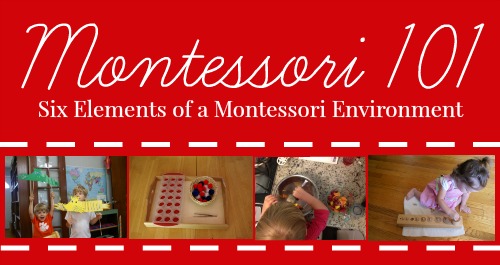

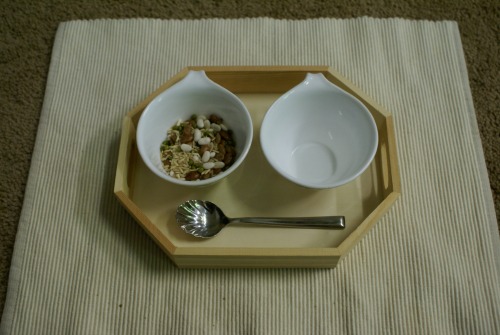
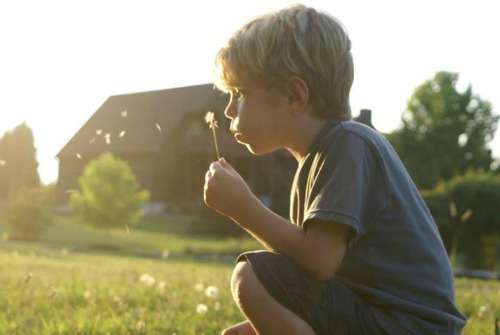
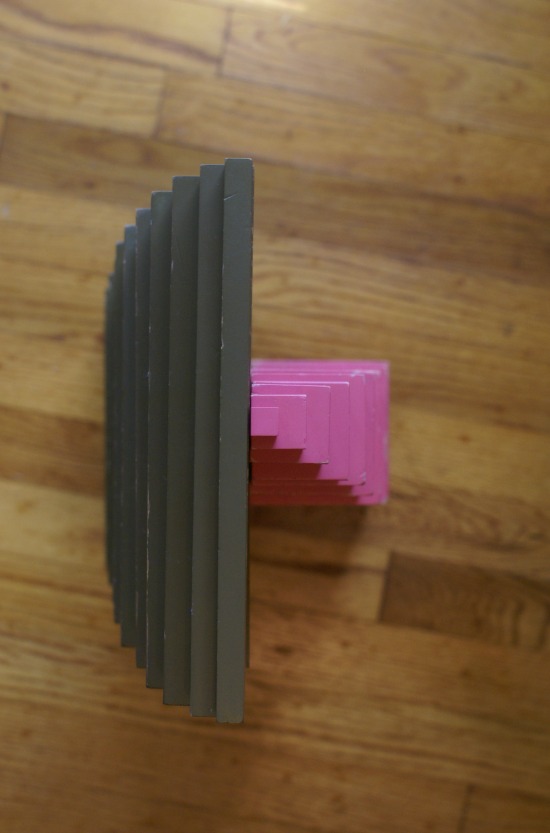
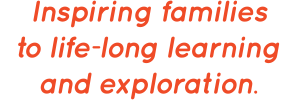




















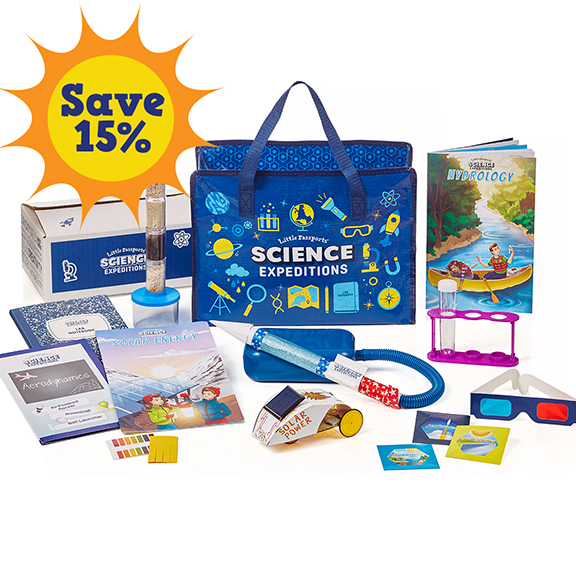







0 comments… add one